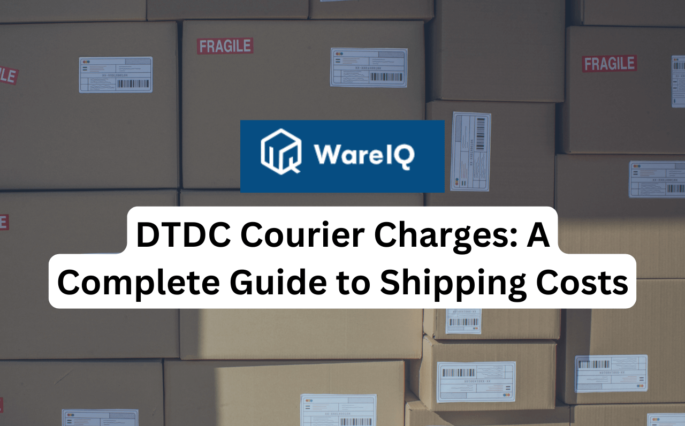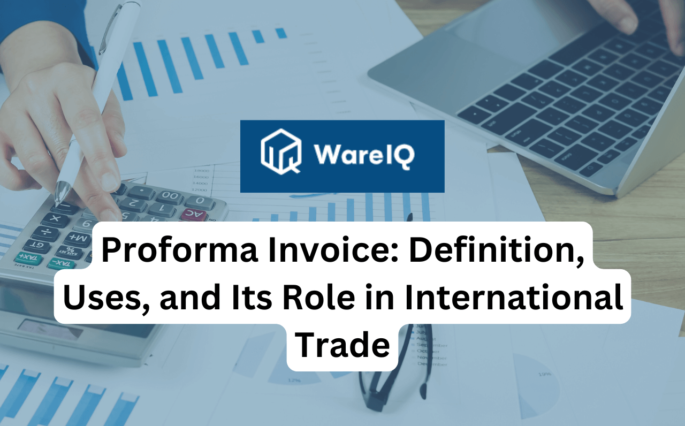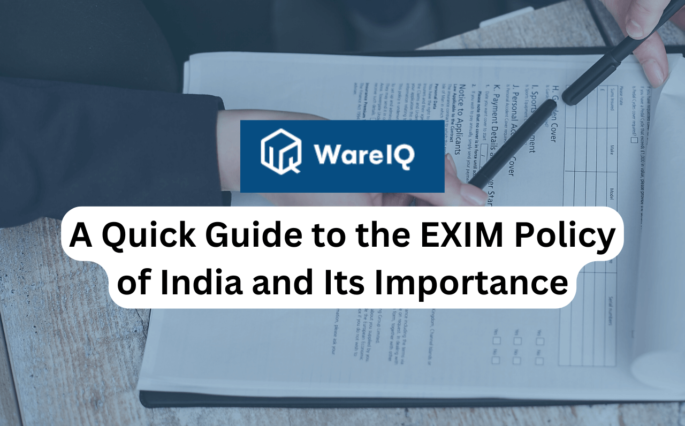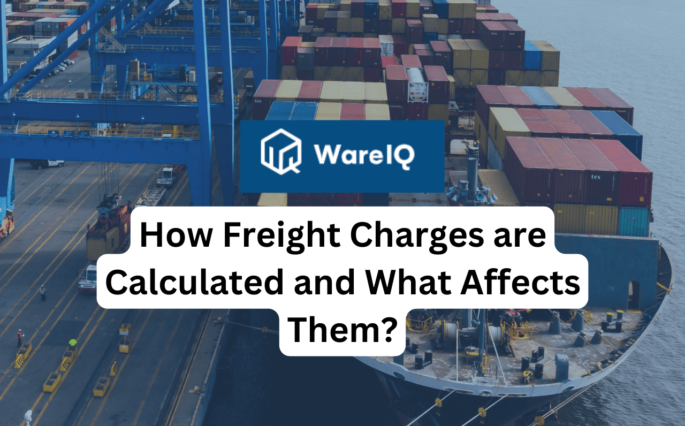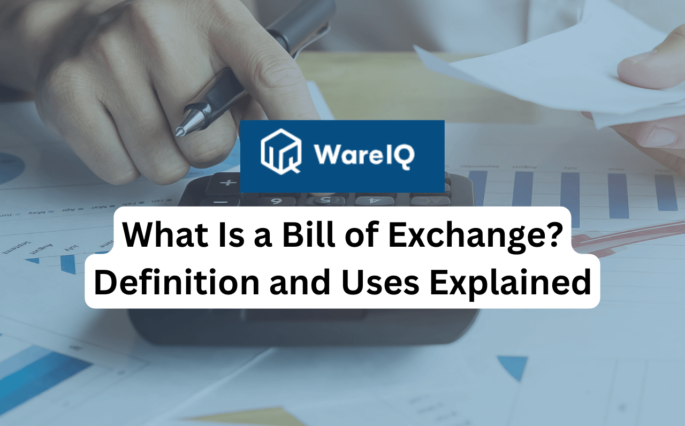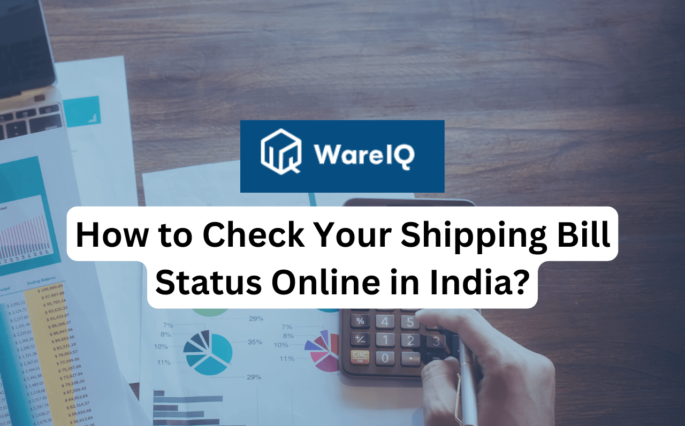Blogs

Difference Between Speed Post and Courier
Sending something from one place to another has been going on for generations, whether for business or personal use. Given the advancements that we have seen in recent decades, the courier delivery service has seen exponential growth. Since there are many courier service providers, it becomes challenging to understand which one you should choose for your business or e-commerce purpose. This article examines these courier service providers and the key difference between Speed Post and courier services.The courier, express, and parcel (CEP) market in India was estimated to deliver 4.4 billion packages in 2023, and it is further estimated to deliver about 5.2 billion packages. In India, businesses usually have two of the most common options: Speed Post and other courier services. While they are fundamentally the same, they differ regarding the delivery timelines, locations they cover, and other features.To understand the difference between courier and Speed Post, it is necessary to first understand them individually.Overview of Speed PostSpeed Post is a government-operated courier service provider. It is a high-speed postal service operated by India Post, which is one of the largest postal networks offering services worldwide. As of 2023, India Post had more than 154,000 post offices. Speed Post is one of the most reliable options for delivering different types of couriers, such as letters, documents, and national and international packages. One of the reasons why it is the most preferred form of courier service is its extensive reach. Speed Post delivers not only in urban areas but also in remote areas. Another factor that makes Speed Post one of the top choices for courier delivery is the delivery timeline. Delivery is between 1 to 3 days (depending on destination). However, international deliveries take longer, about 7 to 15 days.Overview of Courier ServicesCourier services generally refer to private companies that deliver documents, parcels, and packages. These privately owned companies offer speed and reliability of parcel delivery and offer many additional features, such as real-time tracking, customised delivery options, and door-to-door pick-up, which makes them a popular choice.DHL, FedEx, Blue Dart, and DTDC are the most popular courier services. Although these privately owned providers offer coverage to almost all locations, they might be limited to highly remote locations. Meanwhile, their delivery timelines are much faster than those of Speed Post. They offer same-day or even next-day delivery options.Considering the features, the cost of courier delivery via a privately owned service is more than that of Speed Post. Another factor that makes private courier services a popular choice is the international delivery timelines. They provide deliveries in 3 to 7 days with additional services, including customs clearance.What Is the Difference Between Speed Post and CourierBelow is a detailed table that explains the difference between Speed Post and courier services:Comparison AspectSpeed postCourier ServicesOperated bySpeed Post is a government-owned postal service provider that is operated by India Post.Privately owned courier services are owned by different companies like DHL, Blue Dart, First Flight Courier Limited and many more.ReachSpeed Post offers its services to domestic and international locations. For domestic speed, the postal service covers rural areas and remote areas too.The location that privately owned courier services can deliver to depends from company to company. However, privately owned courier services might not be available at highly remote locations compared to Speed Post.Services offeredSpeed Post offers different services, such as Speed Post Domestic, Speed Post International, Speed Post Express, and Speed Post Business.Courier services offered by private courier services differ from one provider to another. However, some standard features are same-day delivery, next-day delivery or next-day express delivery, standard delivery, and customised handling services.Delivery timelinesSpeed Post offers courier delivery in 1 to 3 days. Privately owned courier services offer faster delivery. However, the delivery timelines depend on the service that the customer picks. It can range from next-day delivery to standard delivery of 3 to 4 days.Shipping formalitiesSpeed Post has specific prerequisites. Customers must fill out shipping forms, attach shipping labels, and provide customs documents for international shipping.Private courier services offer versatile options, and no documents are required. However, this will differ from one provider to another. Some courier service providers just need you to hand over the package and make the payment, and the rest is taken care of.PackagingSpeed Post provides packaging materials to customers, depending upon the parcel's dimensions.Some courier service providers require customers to get packaging on their own, while some might offer packaging materials and packing service at an extra cost.PricingSpeed Post pricing is usually standard across the nation. It varies depending on the destination and the weight of the parcel. It is usually pocket friendly.The prices vary from one courier service provider to another. They also depend on the destination, the dimensions of the parcel, and the extra services a customer purchases.TrackingCustomers can visit the India Post website to track the Speed Post package and use the tracking ID number to track the parcel.Tracking a courier from a privately owned courier service provider can also be done on their website and mobile applications. Some providers also offer real-time updates via text messages and emails.Service AvailabilityServices by Speed Post are available almost on all days, except public holidays in some cities.Private courier service providers of their services, 24x7, even on public holidays and SundaysCustomer SupportSpeed Post offers basic customer supportPrivately owned courier service providers offer excellent customer support.Get Faster, Affordable, and Seamless Shipping Services From WareIQWareIQ's innovative shipping solution helps eCommerce brands minimise cost leakages caused by RTOs, fake delivery attempts in NDR, weight reconciliation issues, and more. Our solution also offers prompt support for handling urgent client escalations, ensuring smooth operations at all times.Our solution offers the following capabilities:Multi-carrier engine enabling fast deliveries across 24,000+ pin codesControl Tower & automated workflows to minimise NDR & RTOsSame/Next-day delivery courier optionsSeamless Integration with your WMS, ERPs, and StorefrontsShipping Badges to display precise Estimated Delivery Dates (EDD)Custom branded tracking pages and notifications to enhance customer experienceRelated read - Best Domestic Courier Services in IndiaConclusionSpeed Post and other courier services deliver documents and parcels from one location to another. The primary difference between courier and Speed Post is that courier services are privately owned companies, while Speed Post is a government-owned delivery service provider.Speed Post is a reliable delivery option, especially for businesses and individuals shipping items to remote locations. While courier services are better regarding delivery speed, the cost is also slightly higher than Speed Post. Whether you choose speed post or courier services, you should consider all factors, such as destination, budget, urgency, and the type of parcels being shipped. Understanding the Difference Between Speed Post and Courier will help businesses and individuals to make the most of the services at affordable rates.Suggested - How to Courier a Parcel: A Step-by-Step GuideFAQs About Difference Between Speed Post and CourierIs Speed Post reliable for sensitive documents?It is highly reliable for sensitive documents, especially when sending them to remote areas.Which one is faster, Speed Post or courier services?Courier services are comparatively faster than Speed Post.How can I track a Speed Post shipment?You can track a shipment sent via Speed Post by going to the Speed Post website and using the tracking ID number.Can I ship heavy packages with Speed Post?Yes, Speed Post can deliver packages up to 35 kg. Private courier service providers, on the other hand, offer much more scalability.Which courier service is best for an e-commerce business?Regarding e-commerce business, privately owned courier service providers are better, as they offer faster delivery and real-time tracking.
June 10, 2025
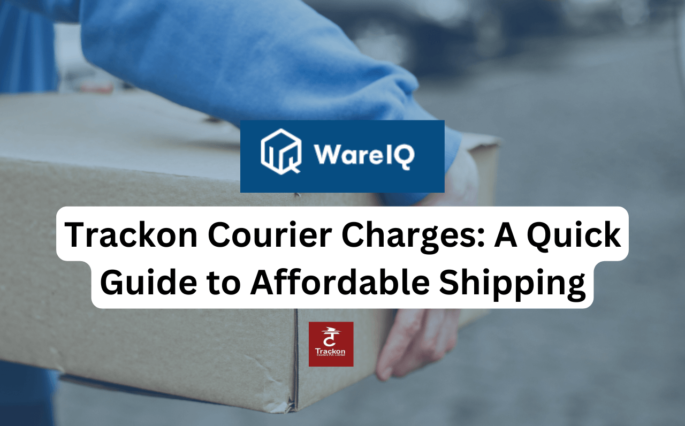
![Top 10 Products to Export From India [2026]](https://wareiq.com/wp-content/uploads/2025/06/Products-to-Export-From-India-685x426.png)
